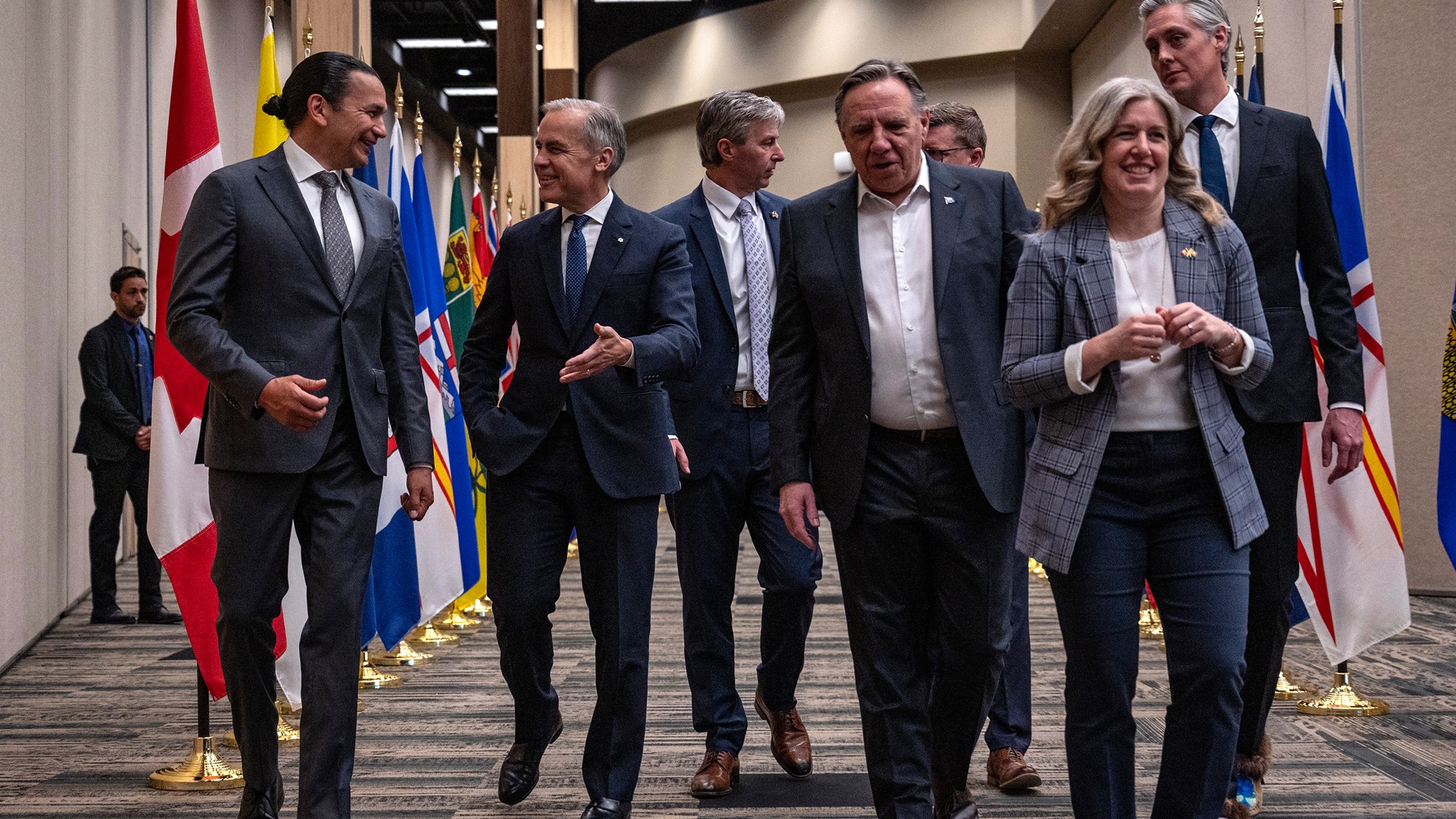
The latest commentary in the IRPP’s trade volume, by Arancha González (executive director of the International Trade Centre, or ITC), examines the gender dimensions of international trade and proposes policy reforms to connect more women-owned small and medium-sized enterprises (SMEs) to global markets. González argues that improving the trade and performance of these businesses not only would offer better economic and social opportunities for women but would also result in a more equitable distribution of income, increase growth prospects and promote formalized employment in developing countries — thereby creating better-paid jobs and improving job security and working conditions.
Gender dimensions of trade
A recent ITC survey of 20 developing countries reveals striking disparities between men’s and women’s participation in trade: only one in five businesses that trade internationally are owned or managed by a woman. Such gender differences are generally attributed to the tendency of female-owned businesses to be smaller than male-owned ones — and therefore often lacking the resources needed to expand into global markets — and concentrated in service sectors that are less trade intensive. González points out that these outcomes are not simply a reflection of choice but rather are the result of the unique constraints and challenges that women entrepreneurs face.
There are various reasons why female-owned businesses are underrepresented in international trade. Consider the role of regulatory biases. This year, for the first time, the World Bank’s Doing Business country rankings included gender indicators. They showed that women face more procedures to start a business than men in 23 countries (in 4 of these countries a woman requires her husband’s permission to start a business); and 16 countries explicitly limit women’s ability to own, use or transfer property. Even when the written standards are exactly the same, more female-owned exporting firms report procedural obstacles to trade than do male-owned firms, including “information and transparency issues,” “informal or high payments” and “discriminatory behaviour.”
Culture-based gender roles particularly affect women in developing countries, but even in developed countries such as Canada, most female SME exporters perceive that gender plays a role in the operation and internationalization of their firms. United Nations data estimate that, globally, women spend at least twice as much time as men on unpaid domestic work. Time constraints thus are a significant impediment to women’s full participation in the economy. Other aspects of cultural biases include limited access to productive resources like finance and land, as well as to information and business networks, which make it easier to identify and seize business opportunities.
Together, these barriers and biases help explain why women-owned businesses are generally smaller, less capital-intensive and less productive than their male-owned counterparts. Because of their small size, women-owned companies suffer disproportionally from the fixed costs of trade. These costs hit SMEs and women-owned businesses harder because these firms tend to trade in lower volumes than do large firms, which means that fixed trade costs make up a larger share of their unit costs as compared with firms that export larger quantities.
What can trade policy do?
González emphasizes the need to more readily acknowledge that, because men and women have different skills, challenges and roles in the economy and in society and different access to and control over resources, the effects of trade policies are not gender neutral.
To date, most policy initiatives have focused on addressing these concerns by facilitating access to finance, market information and networks, and capacity building and training. Such initiatives are certainly useful, González says, but establishing a more enabling environment for inclusive trade requires going further and making changes to the international trade arena that address particular challenges facing women.
The author offers three entry points that can be used to incorporate gender dimensions into international trade policy; the first is trade agreements. The conclusion of bilateral trade agreements with affected countries could be made conditional on removing legal discriminations that inhibit women’s economic empowerment. Moreover, future trade agreements could include commitments that are crafted through a gender lens. The recent trade deal between Chile and Uruguay, for example, has a chapter of gender provisions that acknowledge the importance of enhancing women’s opportunities to participate in the international economy and establishes a gender committee to oversee the implementation of the agreement. Follow-up is crucial, of course, so the effect of trade agreements on advancing women’s economic empowerment should be regularly examined, including in the World Trade Organization’s Trade Policy Review Mechanism.
Second, multilateral development assistance can help build trade capacity and incorporate gender issues across its projects. González describes two recent examples from the ITC’s programs. The “SheTrades” Initiative seeks to galvanize global efforts to connect one million women entrepreneurs to markets by 2020. Through the SheTrades mobile app, women entrepreneurs can share information about their companies, increase their visibility, expand networks, connect and internationalize. In addition, the Global Platform for Action on Sourcing from Women Vendors helps connect a network of over 50,000 women vendors to partners who collectively purchase more than $1 trillion in goods and services.
Third, intergovernmental forums such as the United Nations’ Sustainable Development Goals and the Women20 (an engagement group that supports the efforts made by the G20 toward achieving inclusive growth and raises the profile of gender issues) can help foster gender-related discussions and policy actions.
Now, more than ever, González says, it is imperative that all actors work together to make equal economic opportunities a reality for men and for women. An equal and just society is clearly a worthy goal. Removing the barriers that prevent women from fully participating and benefiting from trade is therefore of common interest for all of us. When women are better off, the world is better off.
Photo: Andrey Popov / Shutterstock.com
Do you have something to say about the article you just read? Be part of the Policy Options discussion, and send in your own submission. Here is a link on how to do it. | Souhaitez-vous réagir à cet article ? Joignez-vous aux débats d’Options politiques et soumettez-nous votre texte en suivant ces directives.







